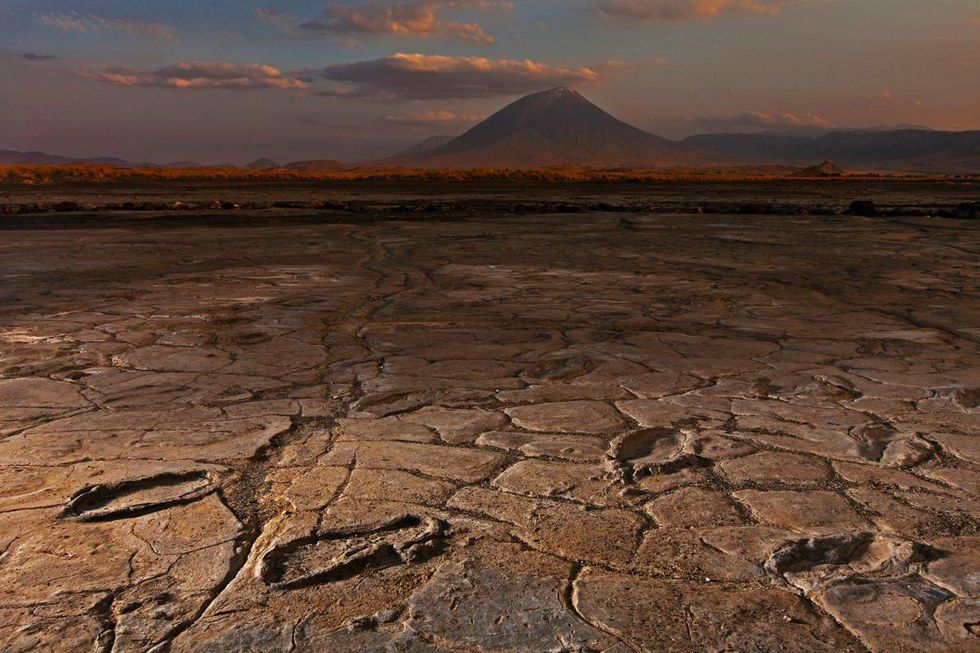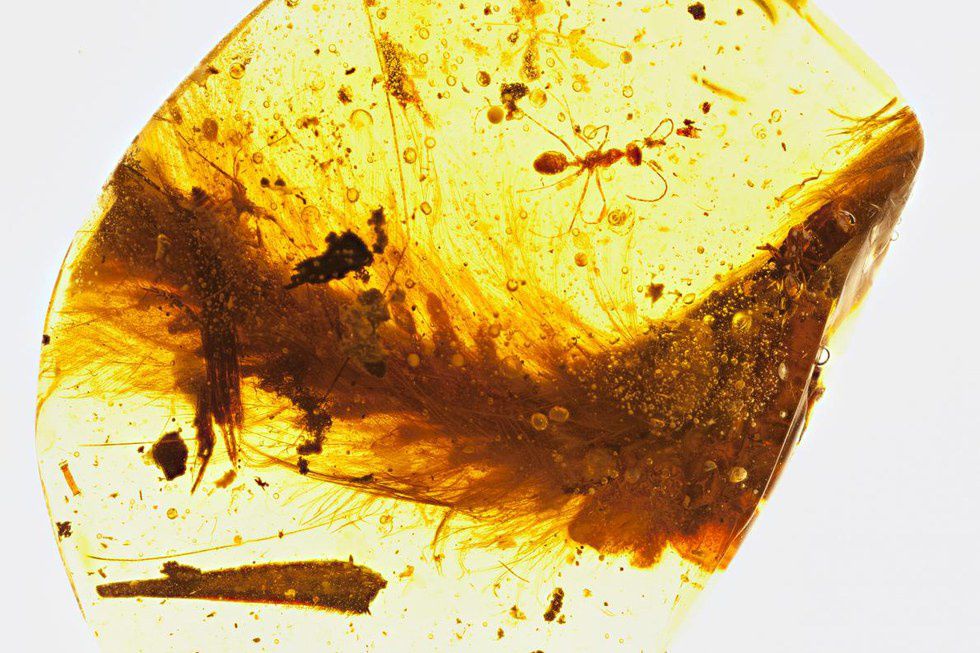2016 wasn't just a year full of stressful politics... This year was filled to the brim with awe-inspiring science.
Gravitational waves!!!
Earlier this year, Einstein was proven right yet again... A hundred years after his prediction, ripples, or gravitational waves, were recorded in the cosmos. Hypersensitive detectors sensed them after two black holes collided back in September, truly furthering our understanding of how the universe works one wave at a time.
Ancient human footprints were found in Tanzania.
Hundreds of ancient human footprints were found throughout this year in Tanzania. More than 400 have been documented in the mud, showing everything from people jogging, to women and children crossing the plains. One even was walking with a possible broken toe!
Overall, these footprints give us a quick look into what life was like for these humans 5,000-19,000 years ago, and allow us to do further research into their lifestyles.
The potentially-habitable planet: Proxima b.
Proxima b, the planet that orbits the star Proxima Centauri, was found to be in the "habitable zone" of the star. This essentially means that water can possibly exist on the planet, which means that it can be inhabited by some form of life. Proxima b is relatively Earth-sized, and astronomers have suggested that it's the closest speculation that we have to where another life form like the human species could inhabit.
A dinosaur tail is found fully preserved in amber!
99 million years old, a tail, complete with bones, soft tissue, and feathers, was found just this month. You may be thinking, "ah, it's just a really old bird..." Yet, the presence of the tail vertebrate told scientists it is indeed a dinosaur, not a bird, and the discovery can further our understanding of the difference between the feathers of birds in flight and the feathers of their close relatives, dinosaurs.





















